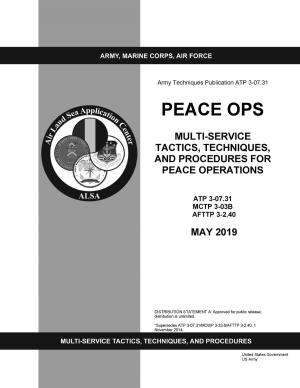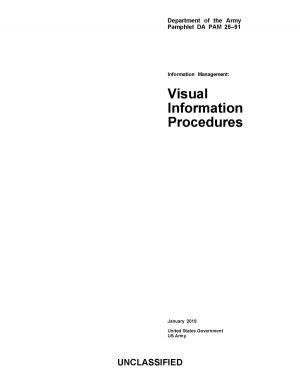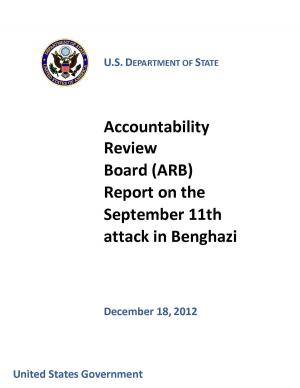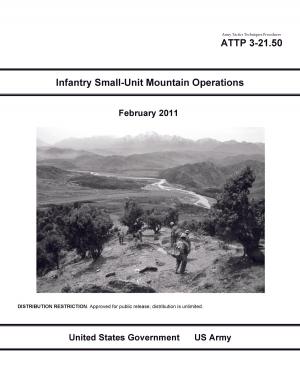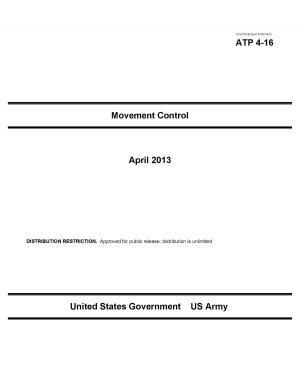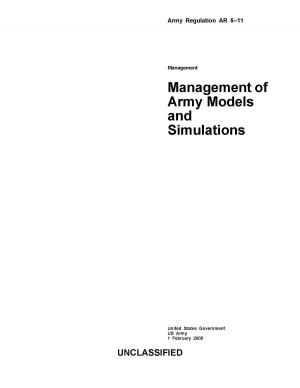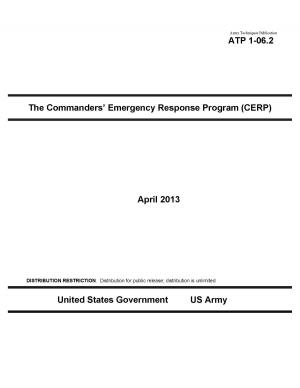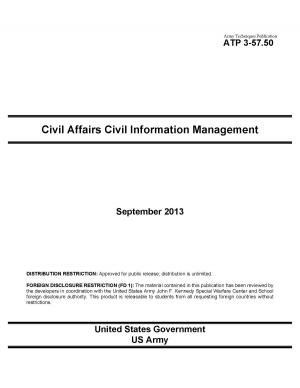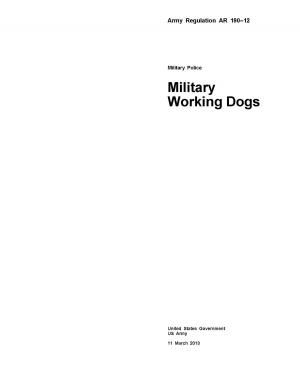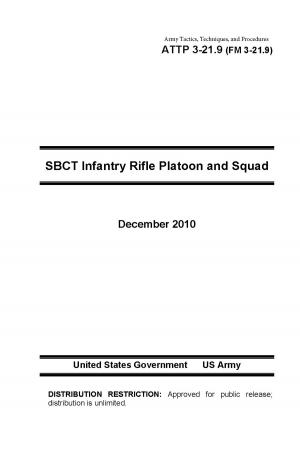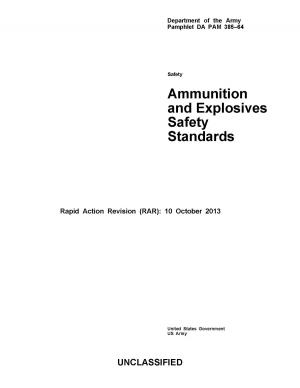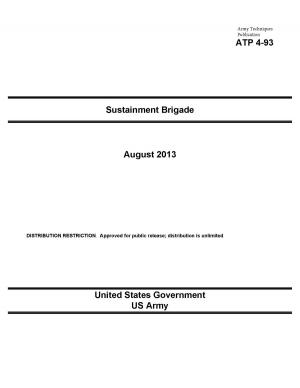Army Techniques Publication ATP 4-25.13 Casualty Evacuation February 2013
Nonfiction, Health & Well Being, Medical, Specialties, Emergency Medicine, Science & Nature, Technology, Military Science, Reference & Language, Reference, Guides & Handbooks| Author: | United States Government US Army | ISBN: | 1230000109971 |
| Publisher: | eBook Publishing Team | Publication: | February 25, 2013 |
| Imprint: | Language: | English |
| Author: | United States Government US Army |
| ISBN: | 1230000109971 |
| Publisher: | eBook Publishing Team |
| Publication: | February 25, 2013 |
| Imprint: | |
| Language: | English |
This Army techniques publication (ATP) provides doctrine for conducting casualty evacuation (CASEVAC). Casualty evacuation encompasses both the evacuation of Soldiers from the point of injury or wounding to a medical treatment facility (MTF) and the coordination requirements for the use of nonmedical transportation assets to accomplish the CASEVAC mission. This publication is intended for use by all commanders and their staff involved in CASEVAC operations.
For the Army, CASEVAC involves the unregulated movement of casualties using predesignated or opportune tactical or logistic aircraft and vehicles. These vehicles/rotary-wing aircraft are not staffed with medical personnel for en route care (unless augmentation is planned for in the operation plan). These vehicles/aircraft do not have organic medical equipment. If the combat medic is not available to provide care en route, the combat lifesaver (CLS) may accompany the casualties to monitor their conditions. Casualty evacuation is oftentimes the first step in a process that moves a wounded or injured Soldier from the point of wounding into the multifaceted Army Health System. Casualty evacuation can be accomplished by a variety of transportation platforms. These methods must be trained and practiced and include manual carries, litter evacuation, and the use of nonmedical vehicles. In order to determine the appropriate evacuation method, the Soldier executing the movement of the casualty must be able to determine the most effective mode of movement available to them to best meet their operational needs and the needs of the casualty. The movement of a casualty begins the evacuation chain which clears the operational area of casualties and moves the casualty through successively enhanced roles of medical care. Once the casualty is in the medical evacuation system, they receive en route medical care and emergency medical intervention, if required; this enhances the Soldier’s prognosis and can reduce long-term disability. Upon arrival at an MTF the patient continues through the Army Health System until he is treated and released or continues through the Army Health System for more definitive care in the continental U.S.
This Army techniques publication (ATP) provides doctrine for conducting casualty evacuation (CASEVAC). Casualty evacuation encompasses both the evacuation of Soldiers from the point of injury or wounding to a medical treatment facility (MTF) and the coordination requirements for the use of nonmedical transportation assets to accomplish the CASEVAC mission. This publication is intended for use by all commanders and their staff involved in CASEVAC operations.
For the Army, CASEVAC involves the unregulated movement of casualties using predesignated or opportune tactical or logistic aircraft and vehicles. These vehicles/rotary-wing aircraft are not staffed with medical personnel for en route care (unless augmentation is planned for in the operation plan). These vehicles/aircraft do not have organic medical equipment. If the combat medic is not available to provide care en route, the combat lifesaver (CLS) may accompany the casualties to monitor their conditions. Casualty evacuation is oftentimes the first step in a process that moves a wounded or injured Soldier from the point of wounding into the multifaceted Army Health System. Casualty evacuation can be accomplished by a variety of transportation platforms. These methods must be trained and practiced and include manual carries, litter evacuation, and the use of nonmedical vehicles. In order to determine the appropriate evacuation method, the Soldier executing the movement of the casualty must be able to determine the most effective mode of movement available to them to best meet their operational needs and the needs of the casualty. The movement of a casualty begins the evacuation chain which clears the operational area of casualties and moves the casualty through successively enhanced roles of medical care. Once the casualty is in the medical evacuation system, they receive en route medical care and emergency medical intervention, if required; this enhances the Soldier’s prognosis and can reduce long-term disability. Upon arrival at an MTF the patient continues through the Army Health System until he is treated and released or continues through the Army Health System for more definitive care in the continental U.S.


